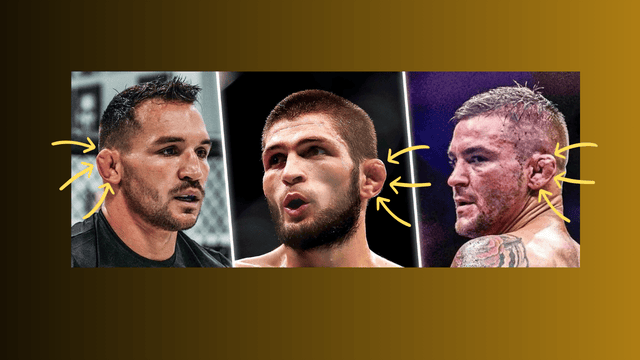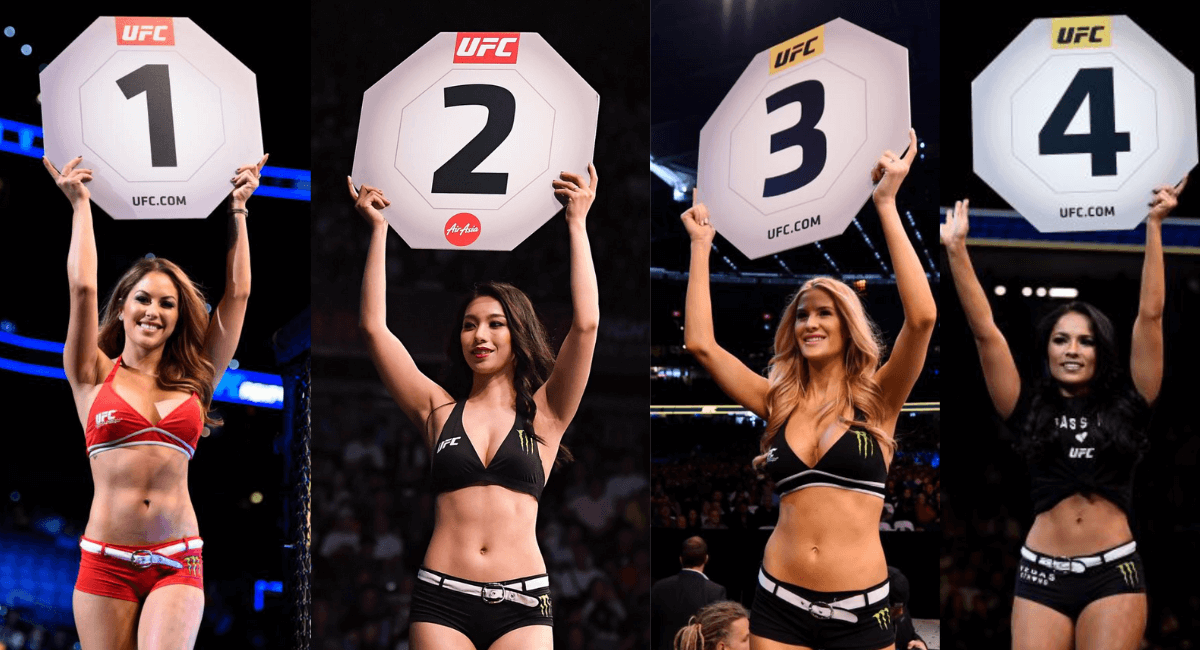What’s The Difference Between MMA and UFC
Combat sports have surged in popularity over the past few decades, captivating audiences with their intense action and diverse fighting styles. Among these, Mixed Martial Arts (MMA) and the Ultimate Fighting Championship (UFC) stand out as the most recognized names in the industry. While often used interchangeably, MMA and UFC are distinct entities with unique characteristics. This article aims to clarify the differences between MMA and UFC, exploring their definitions, histories, rules, and impact on the world of combat sports.
Section 1: Understanding MMA
Definition and History

Mixed Martial Arts (MMA) is a full-contact combat sport that allows a wide variety of fighting techniques and skills from different martial arts traditions to be used in competition. MMA incorporates striking, grappling, and ground fighting, making it one of the most comprehensive and versatile combat sports. The history of MMA dates back to ancient times, but modern MMA as we know it began to take shape in the early 1990s with the introduction of events that pitted different martial arts styles against each other.
MMA Rules and Regulations
MMA is governed by a set of unified rules that ensure the safety and fairness of the competition. These rules cover aspects such as permissible striking techniques, grappling moves, and prohibited actions like eye-gouging and groin attacks. MMA competitions are divided into weight classes to ensure fair fights between competitors of similar size and weight. These weight classes range from flyweight to heavyweight, with each class having specific weight limits.
MMA Techniques
MMA fighters are trained in a variety of martial arts disciplines to develop a well-rounded skill set. Common techniques include Brazilian Jiu-Jitsu for ground fighting and submissions, Muay Thai for striking and clinch work, and wrestling for takedowns and control. The combination of these techniques allows fighters to adapt to different situations and opponents during a match.
MMA Organizations
While the UFC is the most prominent MMA organization, there are several other major organizations that host high-level MMA competitions. These include Bellator, known for its tournament-style competitions, and ONE Championship, which has a strong presence in Asia. These organizations contribute to the global popularity and diversity of MMA.
Section 2: Understanding UFC
Definition and History

The Ultimate Fighting Championship (UFC) is an American mixed martial arts promotion company that is the largest and most recognized MMA organization in the world. The UFC was founded in 1993 and has since grown to become a global phenomenon, popularizing MMA through high-profile events and star fighters. The UFC’s rise to prominence can be attributed to its innovative marketing, production quality, and the charismatic leadership of its president, Dana White.
UFC Rules and Regulations
The UFC follows the unified rules of MMA but has some specific regulations that distinguish its competitions. These include the use of the iconic Octagon, an eight-sided cage that ensures fighter safety and provides a unique viewing experience. The UFC also has strict weight classes and medical protocols to protect fighters’ health.
The Octagon
The Octagon is the UFC’s trademarked fighting arena, designed to ensure maximum safety for fighters while offering an unobstructed view for spectators. The eight-sided cage prevents fighters from being trapped in corners and allows for a continuous flow of action.
UFC Events and Championships
The UFC hosts a series of events throughout the year, including numbered pay-per-view events, Fight Nights, and international cards. These events feature championship bouts, where fighters compete for title belts in their respective weight classes. The UFC championships are highly prestigious, and holding a UFC belt is considered the pinnacle of achievement in MMA.
Section 3: Key Differences Between MMA and UFC
Scope and Structure
The primary difference between MMA and UFC is that MMA is a sport, while the UFC is an organization within that sport. MMA encompasses all mixed martial arts competitions and organizations worldwide, whereas the UFC is a specific company that promotes MMA events.
Rules and Regulations
While the UFC follows the unified rules of MMA, it has its own specific regulations and protocols. These include the use of the Octagon and additional medical and safety measures that may not be present in other MMA organizations.
Prominence and Influence
The UFC has played a significant role in popularizing MMA globally. Its high production values, star power, and marketing strategies have made it the most recognized name in the sport, often overshadowing other MMA organizations.
Fighter Contracts and Opportunities
UFC fighter contracts are typically more lucrative and provide greater exposure than those offered by other MMA organizations. The UFC’s global platform allows fighters to reach a wider audience and gain international recognition.
Media and Coverage
The UFC enjoys extensive media coverage, with events broadcast on major networks and streaming platforms. This level of exposure surpasses that of other MMA organizations, making the UFC synonymous with MMA in the eyes of many fans.
Business Model
The UFC’s business model is based on pay-per-view events, live gate revenue, and merchandise sales. Its aggressive expansion and strategic partnerships have solidified its position as the leading MMA organization.
Section 4: Notable Figures and Personalities
Dana White and UFC Leadership
Dana White has been instrumental in the UFC’s success, serving as its president since 2001. His leadership, vision, and ability to promote fighters and events have transformed the UFC into a global sports powerhouse.
Prominent UFC Fighters
The UFC has produced some of the most famous fighters in MMA history, including Conor McGregor, Ronda Rousey, and Anderson Silva. These athletes have not only achieved success in the Octagon but have also become cultural icons.
Influential Figures in MMA
Beyond the UFC, the broader MMA landscape includes influential figures such as Fedor Emelianenko, a legendary fighter known for his dominance in Pride FC, and Georges St-Pierre, who is widely regarded as one of the greatest fighters of all time.
Section 5: The Impact of UFC on MMA
Global Popularity
The UFC’s influence has significantly contributed to the global popularity of MMA. Through its international events and media presence, the UFC has brought MMA to new audiences worldwide.
Innovation and Evolution
The UFC has been at the forefront of innovation in MMA, from introducing advanced production techniques to implementing comprehensive fighter health and safety protocols. These innovations have set new standards for the sport.
Comparative Success
Compared to other MMA organizations, the UFC’s success is unparalleled. Its ability to consistently attract top talent, secure lucrative broadcasting deals, and engage fans has solidified its dominance in the MMA world.
Conclusion
Understanding the differences between MMA and UFC is crucial for appreciating the sport’s diversity and complexity. While MMA is a broad sport encompassing various organizations and disciplines, the UFC is a specific company that has played a pivotal role in shaping and popularizing MMA. By exploring both MMA and the UFC, fans can gain a deeper appreciation for the sport and its many facets.






